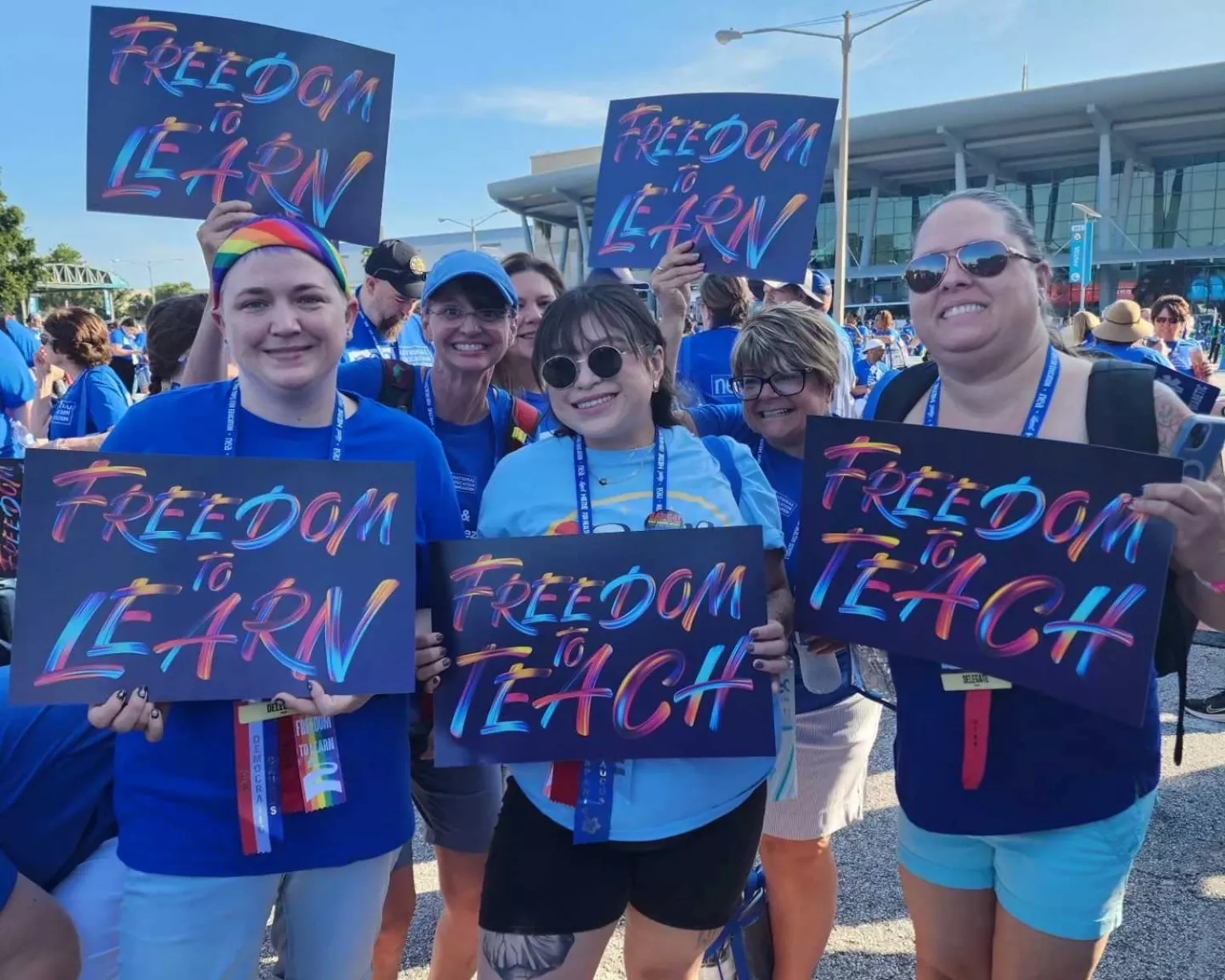Trauma-Informed Practices (TIP) have been a topic of interest and need for the past several years. Researchers have defined TIP as a set of practices that address the impact of trauma by creating a safe and caring environment. Trauma-informed practices focus on creating a safe school culture, building relationships, and supporting students’ self-efficacy. Despite the plethora of research on trauma-informed practices, sometimes research-based practices are disconnected from the daily needs of educators in the field.
Below is a list of common Trauma-Informed practices that educators can implement across all educational settings. This list has been reviewed by a group of educators representing education support professionals, teachers, and specialized instructional support personnel.
- Support students from the bus stop to the classroom (and beyond!)
Using trauma-informed practices across all educational spaces can help educators collaborate to support student mental and physical health. Supporting students across settings helps to foster a positive school climate where students feel safe and confident. Be intentional in supporting families and community members in understanding and using trauma-informed practices for long-term student success.
- Be aware of triggers.
When working with members of a school community, Be aware of events, tasks, or activities that could trigger a trauma response for students. Trauma can impact students and staff, therefore, it is important to understand the nature of trauma and its universal practices.
- Show Compassion, Not Judgement. Do not assume that student responses and behaviors that seem non-compliant or negative are purposeful and intentional These behaviors could be the result of trauma responses. Also, acknowledge educator wellness. Personal wellness is key to building a safe and supportive school culture.
- Give students a safe space to share and express their feelings. Students’ ability to feel that they are being “heard” is important to their emotional and communication development. Help students understand that they have a “voice” and “choice” in the school environment. Make support strategies such as, positive behavior plans, journaling, “chill spaces”, and active listening exercises available to students.
- Help students develop a “growth” mindset. Find ways to provide students with positive feedback that is encouraging and self-affirming. Positive feedback should be genuine and directly related to students’. Supporting students’ ability to be resilient when experiencing adverse or traumatic experiences.
- Use restorative practices that minimize punitive discipline outcomes. Restorative practices promote safe school culture and help students and adults build positive relationships. When restorative practices are present students begin every day with a “clean slate” and an opportunity to learn from their mistakes.
- Build relationships.
Educators can create an atmosphere of trustworthiness and transparency by focusing on building positive relationships with students. Creating a safe school culture also includes building relationships with families and communities.
- Meet students where they are.
It is important to remember that students who are exhibiting trauma response behaviors may not be able to fully identify their feelings and emotions. Refrain from asking multiple probing questions that require students to formulate extensive responses. Acknowledge students feelings and give them time to respond.
- Don’t ignore possible “red flags”.
If you feel students may need additional support, help connect them with school professionals who specialize in intensive student supports, such as school counselors, school social workers, school psychologists, or school nurses who can help assess and support student crises.
- Take care of yourself. In order to support students, educators should acknowledge their own wellness needs and the practices that they need to continue to engage in their important role in supporting students. This includes school initiatives that support educator wellness and make “time and space” for educators to engage in wellness.
- Encourage staff to be trained on trauma-informed practices. Effective engagement in trauma-informed practices requires consistent training and a common understanding of supportive practices. This can be done through the promotion of topics in staff meetings, school division-wide training, and independent educator resources.
Suggested Further Reading
Use Your Educator Voice.
